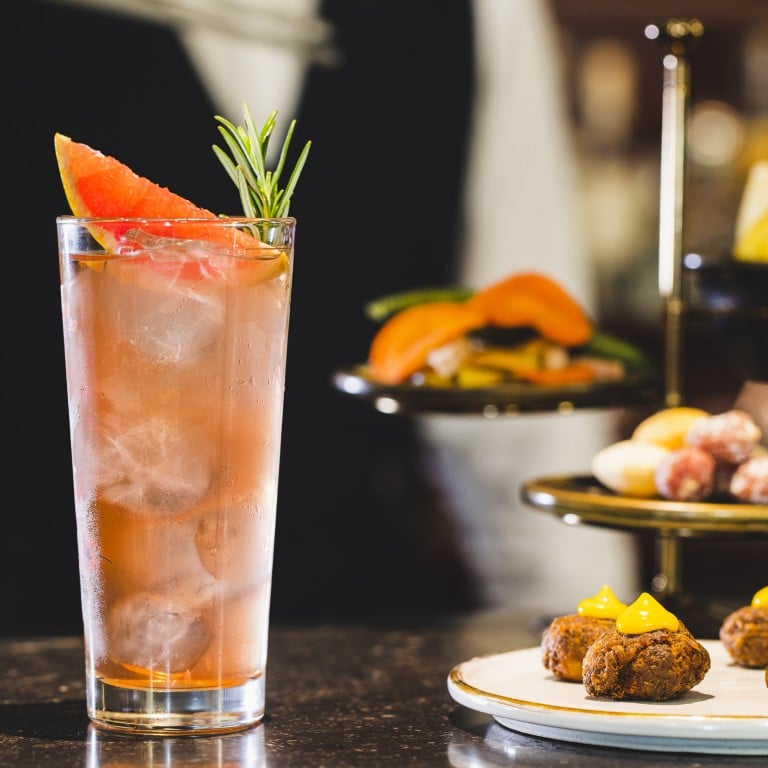Explainer / Italy invented the aperitif, a pre-dinner drink with a difference: rowdy happy hours begone – the Milan tradition of aperitivo requires culinary bites and good company, as well as a stiff tipple

- Aperitivo isn’t about simply making merry – it’s a considered pre-dinner sip and snack to sharpen the appetite, today enjoyed by aesthetes across the globe
- From Campari seltz to a classic negroni, we distil the tradition’s key ingredients and rich history, and recommend some hotspots in Hong Kong and Milan to enjoy your next aperitivo
Wander the streets of Milan on any given evening and you will see people congregating at cafes and bars, on pavements and in piazzas, drink in hand. They are partaking in the ritual of taking an aperitivo, or aperitif, to stimulate one’s appetite before dining.
Gathering for post-work, pre-dinner drinks occurs worldwide, of course, but in Italy it’s an intrinsic part of the culture, elevated from drunken happy hours by the addition of food. It’s a pastime that dates to the decadent days of the Roman empire, when the rich and royal would indulge in mead and small bites before supper.
The modern form of aperitivo, however, can be traced back to the 19th century and the Northern Italian city of Turin, birthplace of vermouth, the herbaceous drink frequently associated with aperitivo. It was here that the most famous vermouth brand, Martini (not to be confused with the martini cocktail), was invented, but it’s the Milanese who have made the aperitivo their own.

The key elements of aperitivo
Guglielmo Miriello, director of the Mandarin Garden restaurant and bar at the Mandarin Oriental Milan, sees an aperitivo as “the time to get together with friends and family for a moment of pure relaxation and joy”. The award-winning mixologist adds: “The aperitivo as we know it, with small appetisers served with the drink, became a very Milanese affair in the 80s and 90s.”
According to Miriello, bitter drinks such as the Campari seltz (served with soda water) or a negroni (made with gin and Campari), embody aperitivo, though nowadays almost any cocktail qualifies. He recommends the hotel’s version of the gin-based Love in Portofino, with its balsamic notes, or the French 75, made with champagne.

The food accompanying aperitivo has evolved too, from mere crisps, olives and nuts to spreads of cheese, cured meats and delicious bites that can be meals in themselves. At Mandarin Garden the nibbles come courtesy of chef Antonio Guida, who heads the hotel’s two-Michelin-starred restaurant Seta, and might include meatballs with saffron sauce or beef tartare on dried seaweed.